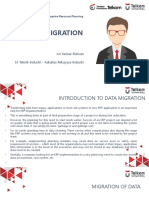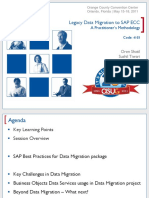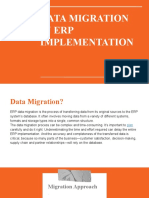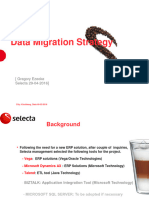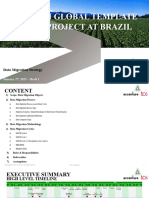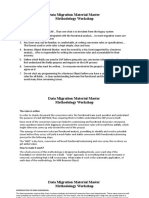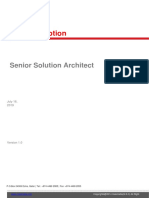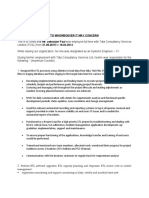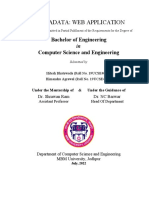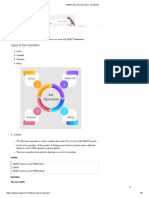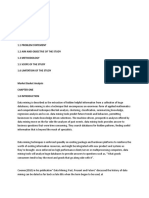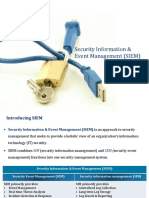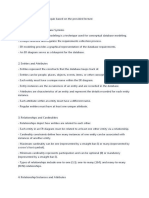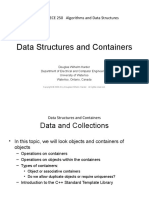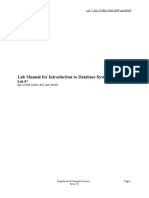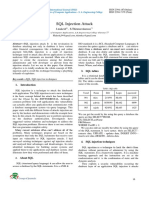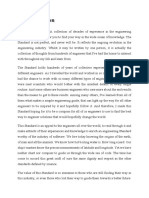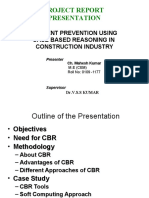0% found this document useful (0 votes)
59 views20 pagesERP Data Migration & Deployment
The document provides a comprehensive guide on interview questions and answers related to IT ERP migrations and deployments, covering both functional and technical aspects for various ERP platforms. It outlines key phases of ERP migration, challenges in data migration, best practices for data cleansing, and different deployment models. Additionally, it discusses the roles of business analysts and project managers, integration strategies, and tools used in Microsoft Dynamics 365 data migration.
Uploaded by
D PAULCopyright
© © All Rights Reserved
We take content rights seriously. If you suspect this is your content, claim it here.
Available Formats
Download as DOCX, PDF, TXT or read online on Scribd
0% found this document useful (0 votes)
59 views20 pagesERP Data Migration & Deployment
The document provides a comprehensive guide on interview questions and answers related to IT ERP migrations and deployments, covering both functional and technical aspects for various ERP platforms. It outlines key phases of ERP migration, challenges in data migration, best practices for data cleansing, and different deployment models. Additionally, it discusses the roles of business analysts and project managers, integration strategies, and tools used in Microsoft Dynamics 365 data migration.
Uploaded by
D PAULCopyright
© © All Rights Reserved
We take content rights seriously. If you suspect this is your content, claim it here.
Available Formats
Download as DOCX, PDF, TXT or read online on Scribd
/ 20

